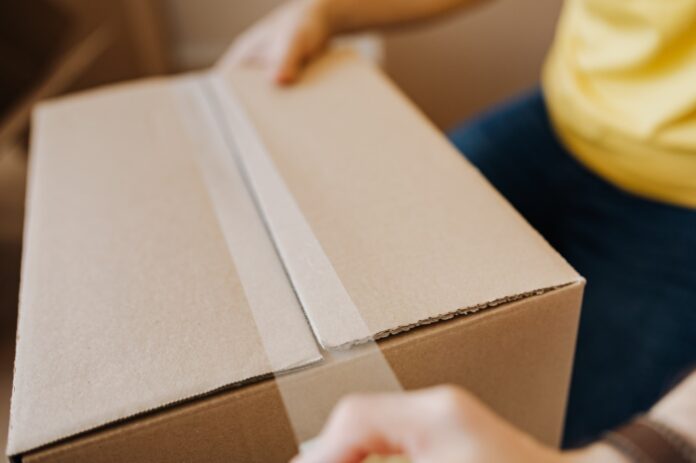Your business cannot afford to pay for goods that have been damaged during shipping. If you accept a shipment without first evaluating its condition, you risk wasting your company’s time and money on goods that you simply cannot use. While some types of damage are relatively obvious to spot, freeze damage can be more difficult for you and your employees to identify. Here are a few signs and symptoms that freeze occurred during shipping, so you can avoid putting your business at risk with damaged goods.
Tripped Freeze Indicators
The most reliable and best sign that goods have been subjected to freezing temperatures is a freeze indicator that tells you so directly. Freeze indicators can be exceedingly affordable and immensely useful tools for shippers and carriers alike. Most often applied to packaging but also used inside shipping or storage containers, freeze indicators come in many varieties to meet your need for information about freezing events.
For example, many freeze indicators permanently change in response to a freezing temperature and can track the passage of time since the event to help you or your carrier respond appropriately to salvage goods. Other freeze indicators are reusable, meaning they change temporarily or perhaps send alerts about freezing temperatures to you or your carrier. If your goods are extremely sensitive to changes in temperature and likely to experience damage as a result of a freeze, you should seriously consider integrating freeze indicators into your shipping processes.
Frost on or Inside Packaging
If temperatures remain below freezing or a freeze event occurred recently in a relatively humid environment, shipped or stored packages might maintain frost around or inside them. Freezing temperatures cause all water to freeze, to include moisture in the air, and that frozen moisture will accumulate on and inside packaging. Once temperatures begin to rise again, the frozen moisture might melt into frost or dew, but in any case, moisture condensed on or around packaging is a good indication that goods have experienced some kind of low temperature event that warrants further investigation.
Water-soaked Appearance
If a significant amount of time has passed since the freeze event, all signs of frost may have disappeared — but that doesn’t mean the damage caused by the frost has also disappeared. The moisture of the melted frost is likely to cause some degree of water damage to the packaging or the goods themselves, and that type of damage tends to be more obvious than damage caused specifically by freezing. If you or your carrier notices that paper packaging seems to have come into contact with moisture, you might look for additional signs of freezing to understand the full scope of damage to your goods.
Soft Texture
When water freezes, it expands. Unfortunately, this means that some frozen goods tend to sustain damage at the molecular level. For example, when produce experiences a freeze, the water within the cells of the food turns to ice and grows, bursting the cells. This process weakens the cellular structure of the fruit or vegetable, causing it to develop a softer texture once temperatures rise above freezing. Though many other types of damage can cause goods to develop a softer, weaker texture, you might consider the possibility of freeze damage and take steps to prevent harm in the future.
Cracks
Other types of goods may develop other signs of damage in response to freezing temperatures. For example, harder materials like stone or plastic might crack as moisture settles into spaces and expands in the cold. Cracking is especially common when goods experience a pattern of freezing and thawing over time, which allows more and more moisture to work itself deeper into the product before causing harm. If you are shipping goods that are not necessarily sensitive to temperature but might experience freeze damage in moist environments, you should work with your carrier to keep your freight dry.
Freezing temperatures affect different kinds of goods in different ways. The more you know about how your goods respond to different environments, the better you can strategize to keep your goods safe during shipping and storage.
Find a Home-Based Business to Start-Up >>> Hundreds of Business Listings.

















































